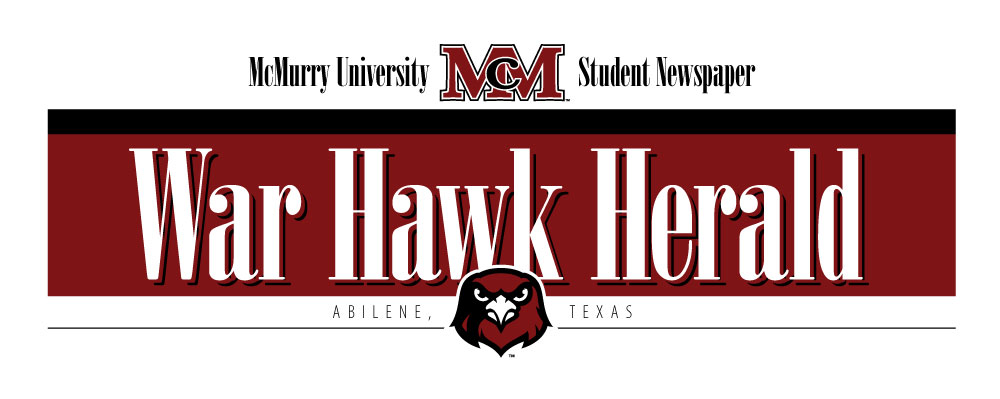Teamwork makes a “Pitch Perfect” Theme work
Effective teamwork is the foundation of success in any group setting. When team members bring together diverse skills, perspectives, and strengths, they can solve problems more creatively and achieve outcomes that exceed what individuals could accomplish alone. However, effective teamwork doesn’t happen by chance; it develops through intentional effort, clear roles, and mutual respect among all participants. In my Topics in Professional Communication: Groups and Teams class, my group was tasked with designing a training program on a topic of our choice. We chose to focus on teamwork, exploring various theories and strategies that contribute to successful collaboration and developing a lesson plan to share our insights. What we didn’t realize at first, however, was that creating this project was also strengthening our own teamwork skills in the process.
Madelyn Gollihar, a senior, and Sophia Garza, a junior, were my two group members for this project. From the beginning, we each brought something unique to the table. Creative ideas flowed easily as we collaborated, and we all enjoyed sharing and building on each other’s thoughts. Our favorite idea, the one we were most proud of, was theming our entire project around the iconic movie Pitch Perfect. We recognized that the themes of the movie related heavily to our subject matter and would provide excellent visual examples of what makes a team successful.
To pursue our theme further, we had to first identify was teamwork was. We defined it as “the collaborative effort of individuals working together toward shared objectives, combining their unique skills and perspectives to achieve results that would be impossible alone.” We then conducted research on strategies of successful communication and discovered the 4 Cs of teamwork: Clear Goals, Collaborative Goals, Challenging Goals, and Commitment to Goals. To maintain a successful team, executing the four Cs is essential—and we began to see these principles come to life within our own group. We established a shared vision for how our presentation should look (Clear Goals), identified each member’s strengths and combined them effectively (Collaborative Goals), pushed ourselves to engage in deeper analysis and critical thinking (Challenging Goals), and stayed organized by setting consistent meeting times and ensuring that each session ended with measurable progress (Commitment to Goals).
“I really enjoyed this project! The group made it so much fun and genuinely pushed me to want to complete my part to the best of my ability,” says Garza, “The group was so understanding and willing to help wherever was needed, and we ended with a project that was fun and relatable for others to understand what teamwork is.”
Gollihar shares a similar testimony stating, “It was easy to work with this group! They were open minded and fully invested in the project and willing to work hard together.” I am very proud to have got the opportunity to work with such a dedicated and creative team. I believe each of my team members already exhibited excellent qualities of leadership and affability, but by working on this project together those already existing qualities were able to flourish. Teamwork, as I mentioned earlier, is the foundation of success in any group setting. I believe this project helped my group recognize healthy habits we can carry into future team endeavors while also giving us the chance to practice those habits in real time. I’m grateful for the experience and feel genuinely optimistic about applying what we’ve learned to future collaborative projects!
